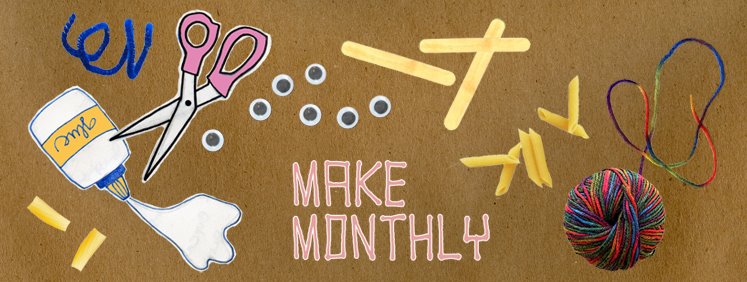For the past couple summers I have been neglecting my aspiration to make the kids an outdoor, moveable chalkboard wall but this summer I was finally able to scratch the task off the to-do list. Yay!
I did a little blog research to find out how others accomplished this same pursuit. I was mostly taking note on what type of wood people were using but once I was at the home improvement store I ended up leaving with a bedroom door as a canvas for my soon-to-be chalk board. This actually worked out really well because unlike the wood planks I was considering, the door was already primed, the inside was hollow so although it was somewhat heavy it was hardly impossible to move and the price was well within my budget.
The door I picked out was 3 feet wide and we had one of the workers cut off a couple feet in the length of the door making it about 4 and a half feet long. This means, even though I am just over 5 ft tall, I can carry the board around lengthwise without too much difficulty.

When I brought home the supplies for the project, I figured the kids would be breaking out the chalk after lunch the next day but I didn’t consider the 4 hour time gap required between coats (I think I painted 3 coats just to be safe) and I really didn’t expect the 3 day time gap required before conditioning and writing on it but maybe that was just the brand of paint I bought which I purchased at Home Depot. For a finishing touch I painted the edges of the board with pink acrylic paint. I quite like the way it came out. (These photos aren’t the greatest but you get the idea. And don't worry, chalkboard writing is not as dangers as the pictures make it appear, my kids like to alternate chalk board writing with their skateboard riding—hence the helmets.)
Although I originally wanted this to be for outdoor use, we’ve enjoyed it indoors just as much and it does make a pretty sweet photo back drop as a bonus.





















